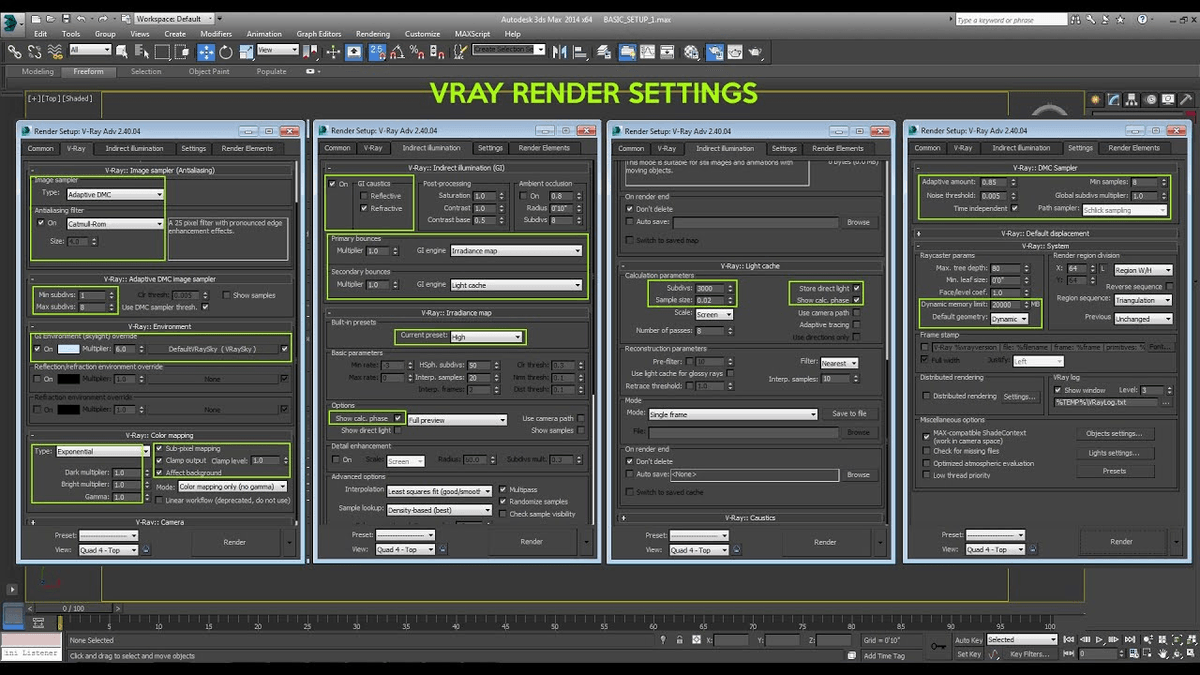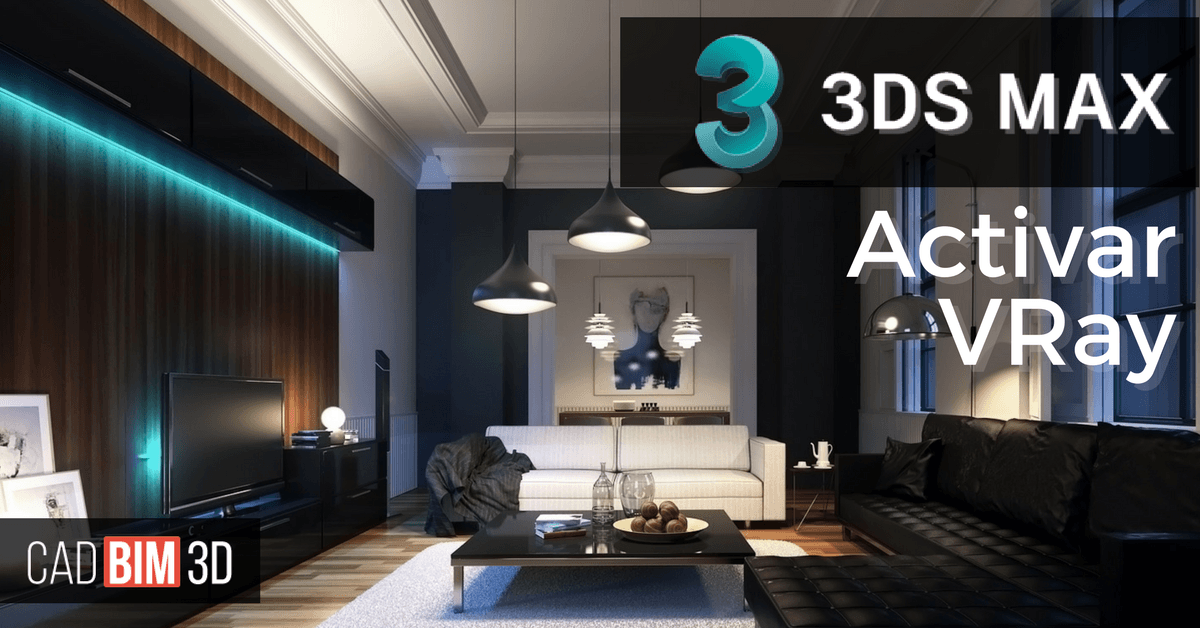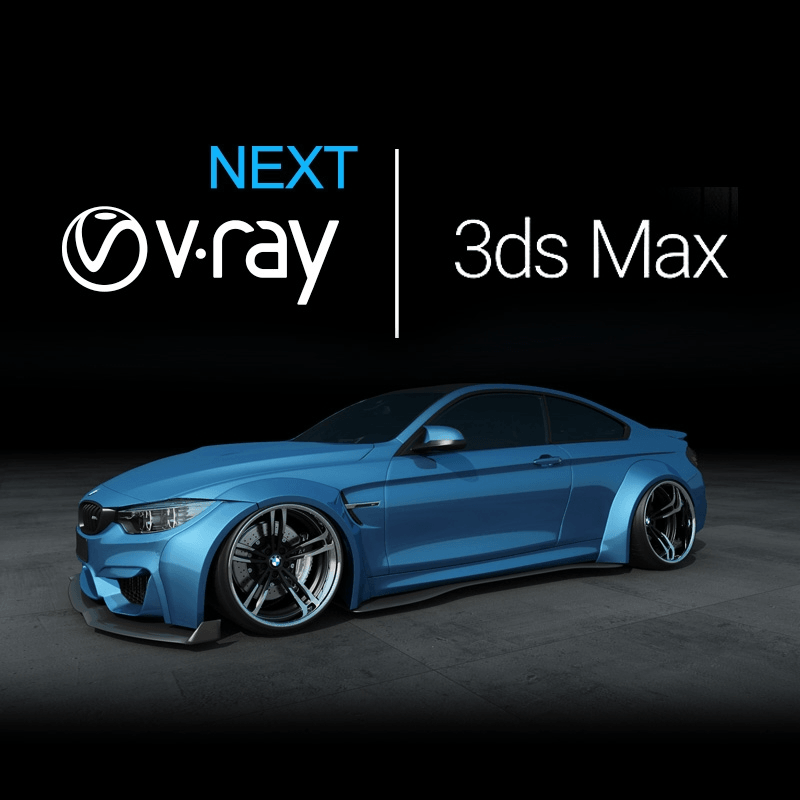This allows for accurate results when mapping with VRayMultiSubTex, Random by element mode. It is located in the V-Ray mesh export menu, which can be accessed from V-Ray menu >. Before using the Import as mesh button, make sure the Export each selected object in a separate file option is selected. If the proxy has multiple objects in it, when importing as а mesh, they are put into a single mesh, resulting in a different structure and coloring. It aligns the vertical axis of the proxy with the vertical axis in the scene in cases where the proxy was not exported from 3ds Max or when loading Alembic files. Scale – Allows the proxy geometry to be quickly scaled up or down.įlip axis – When enabled, switches between the Y and Z-axis of the proxy being used as a vertical axis. This way you can control the loaded vrmesh level for rendering. LOD Scale – Sets the maximum number of pixels an edge can span over before it is subdivided. Preview level – Reads the subdivision levels as they were in the original Mudbox setup and a preview can be loaded for the proxy with the corresponding faces. Show whole mesh – Previews the entire mesh. vrmesh file, but only shows the faces of the object.
Preview from file (faces) – Displays the mesh preview info that is stored in the. vrmesh file, but only shows the edges of the object. Preview from file (edges) – Displays the mesh preview info that is stored in the. For more information see the Preview cache options.īounding box – Represents the mesh as a box in the viewports.
Please note that proxy preview information is cached by default.
Preview type – Controls the display of the proxy in the viewports. During rendering, V-Ray evaluates the tag for each instance of the proxy object and loads E:\Assets\Willow.vrmesh or E:\Assets\Birch.vrmesh. For example, asset=Willow or asset=Birch. Then in the User Defined Object Properties of the V-Ray Proxy object, the value of the tag can be set to any of the mesh file names. The user can specify the path in Mesh file as E:\Assets\.vrmesh. At render time, V-Ray takes the tag name and looks it up in the node's User Defined properties to determine the value of the tag.įor example, suppose there are several different tree mesh files with names such as 'Willow.vrmesh', 'Birch.vrmesh', etc. Tags can be assigned different values for each node in the User Defined tab of the Object Properties window. Tags are defined inside a path between the brackets. By using property tags in the Mesh file path, the user can specify different mesh files for each instance of the proxy object. Property tags provide a great amount of flexibility with V-Ray Proxy objects by allowing users to template file paths. The file also contains a simplified version of the mesh used for preview purposes in the viewports.Įxample: Template File Paths Using Property Tags In addition, the mesh is preprocessed and subdivided into chunks for easier access. In short, everything that is needed to render the mesh is included in the file. This file contains all geometric information for a mesh such as vertices and face topology as well as texture channels, face material IDs, smoothing groups, and normals. T his works for mesh files which do not originally include animation. If you need to make changes to the mesh, you can import it from the VRayProxy as an Editable Mesh (see the Import section below), edit it and then re-export it and reload it in the VRayProxy. No further modifications to the mesh are expected. It is important to realize that the mesh is in a 'ready to render' format. Additional information on creating respective asset files and using them can be found in the Working with vrmesh Files and the Alembic Support pages. vrmesh files and it also directly supports Alembic files. VRayProxy can load meshes, hair and particles data from. Furthermore, V-Ray provides caching of the preview to speed up the viewport performance. This allows rendering scenes with many millions of faces, more than 3ds Max itself can handle. The geometry is not present in the scene, and does not use up any resources, except for the viewport preview.
VRayProxy imports a geometry from an external mesh at render time only. This page provides information on V-Ray Proxy Objects.





